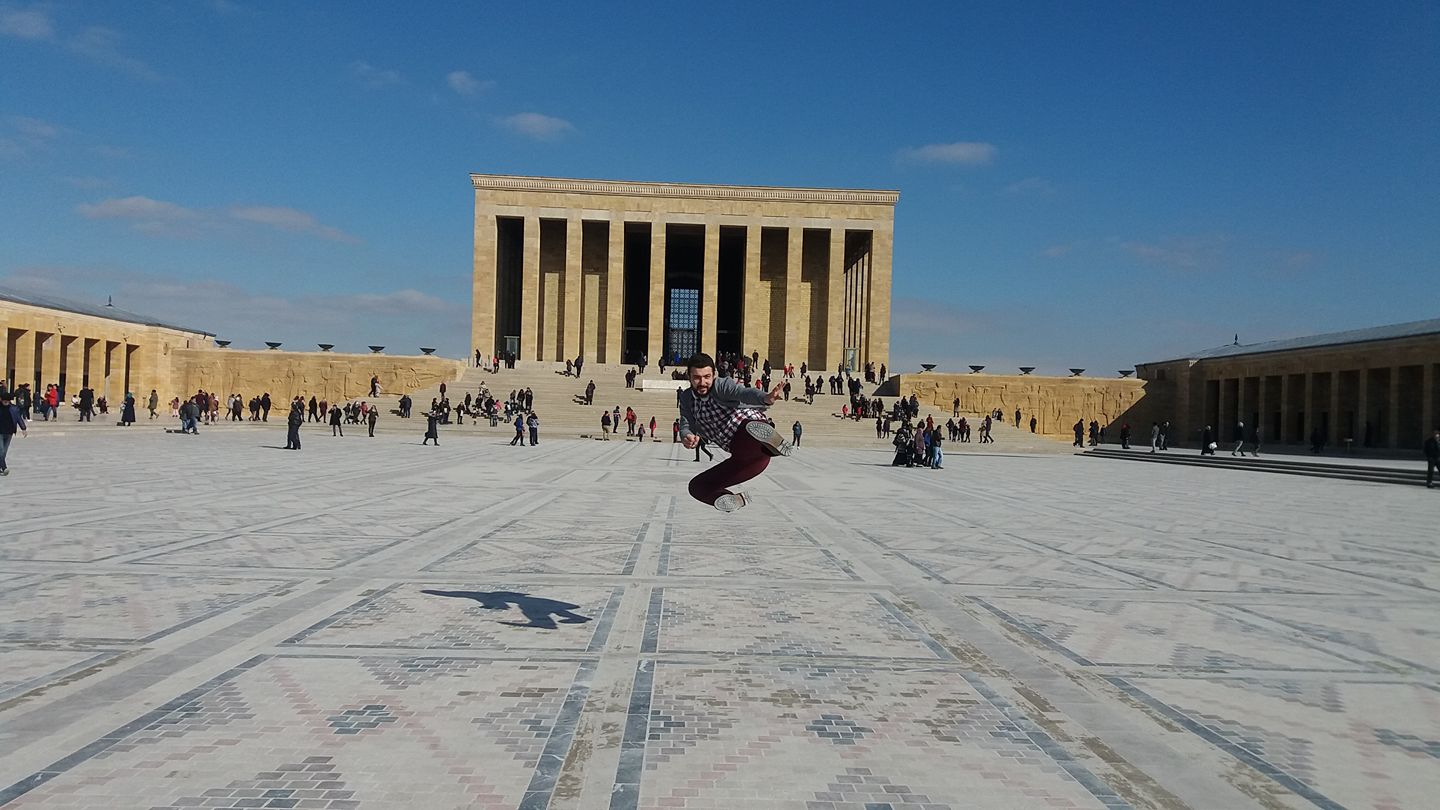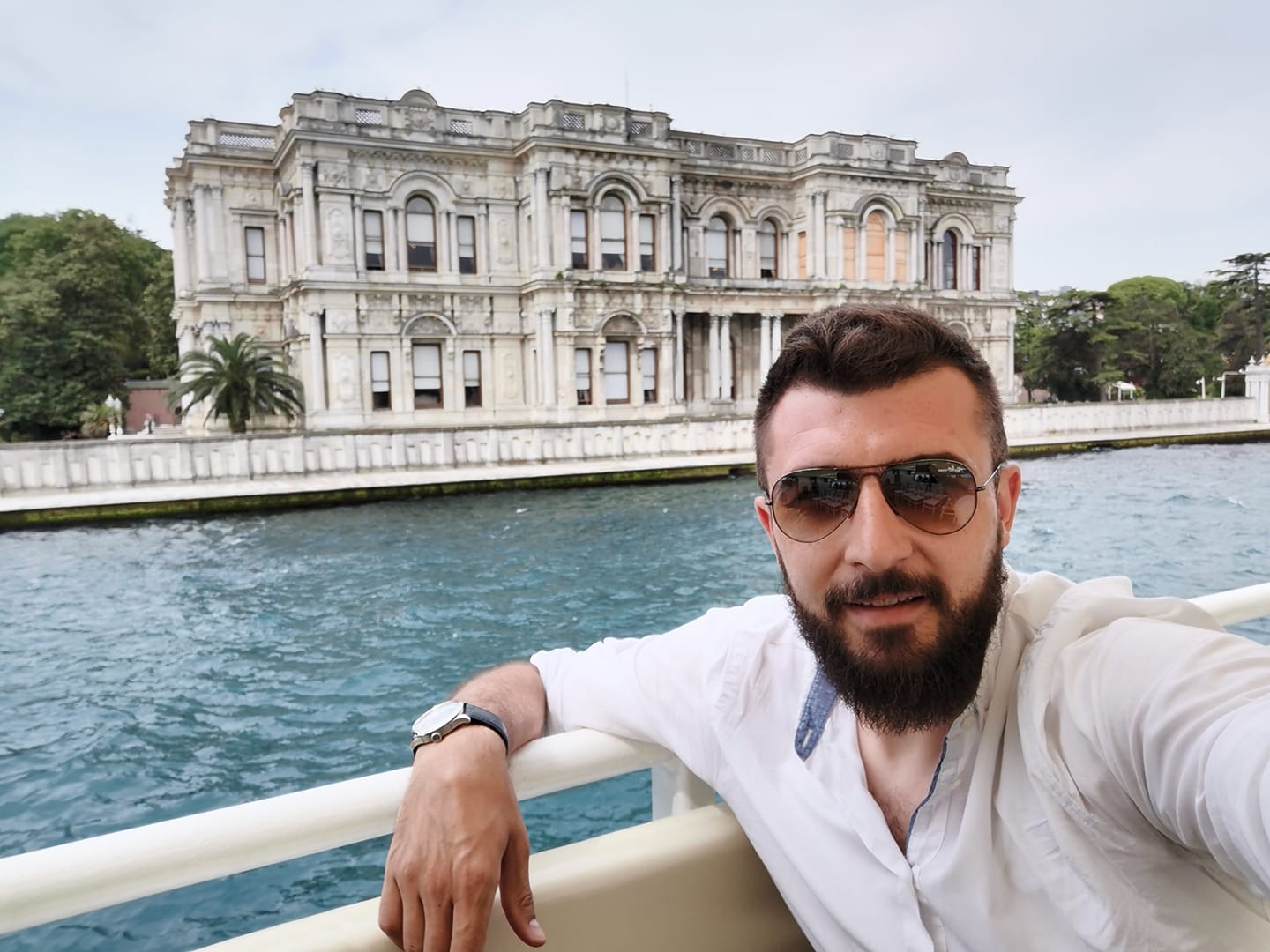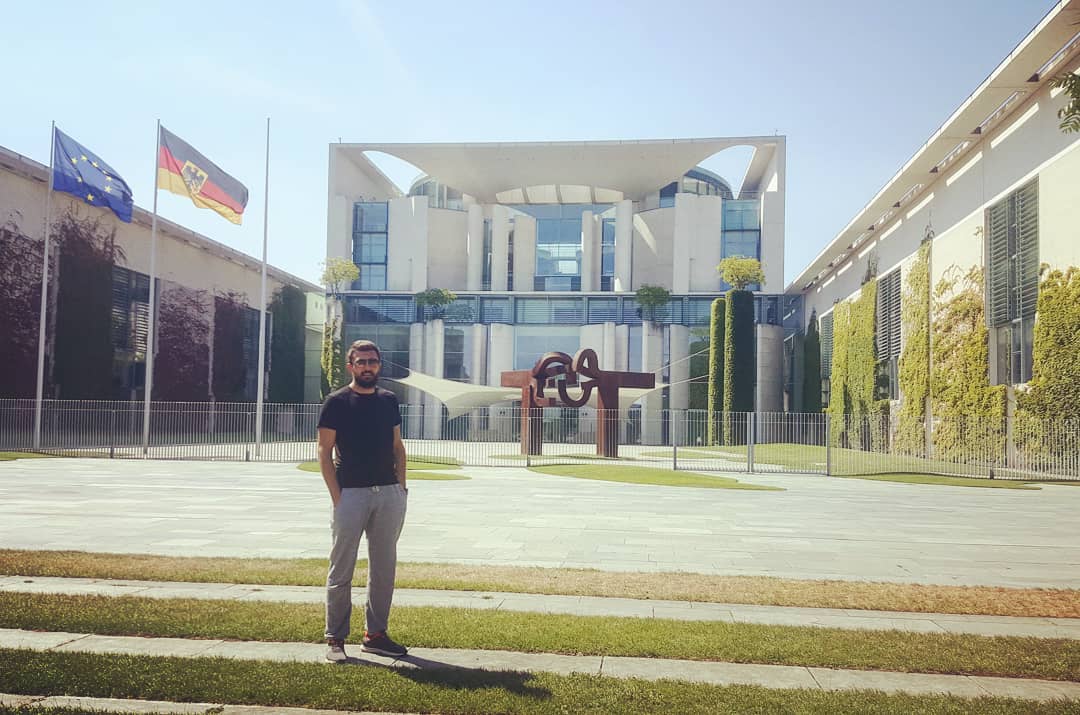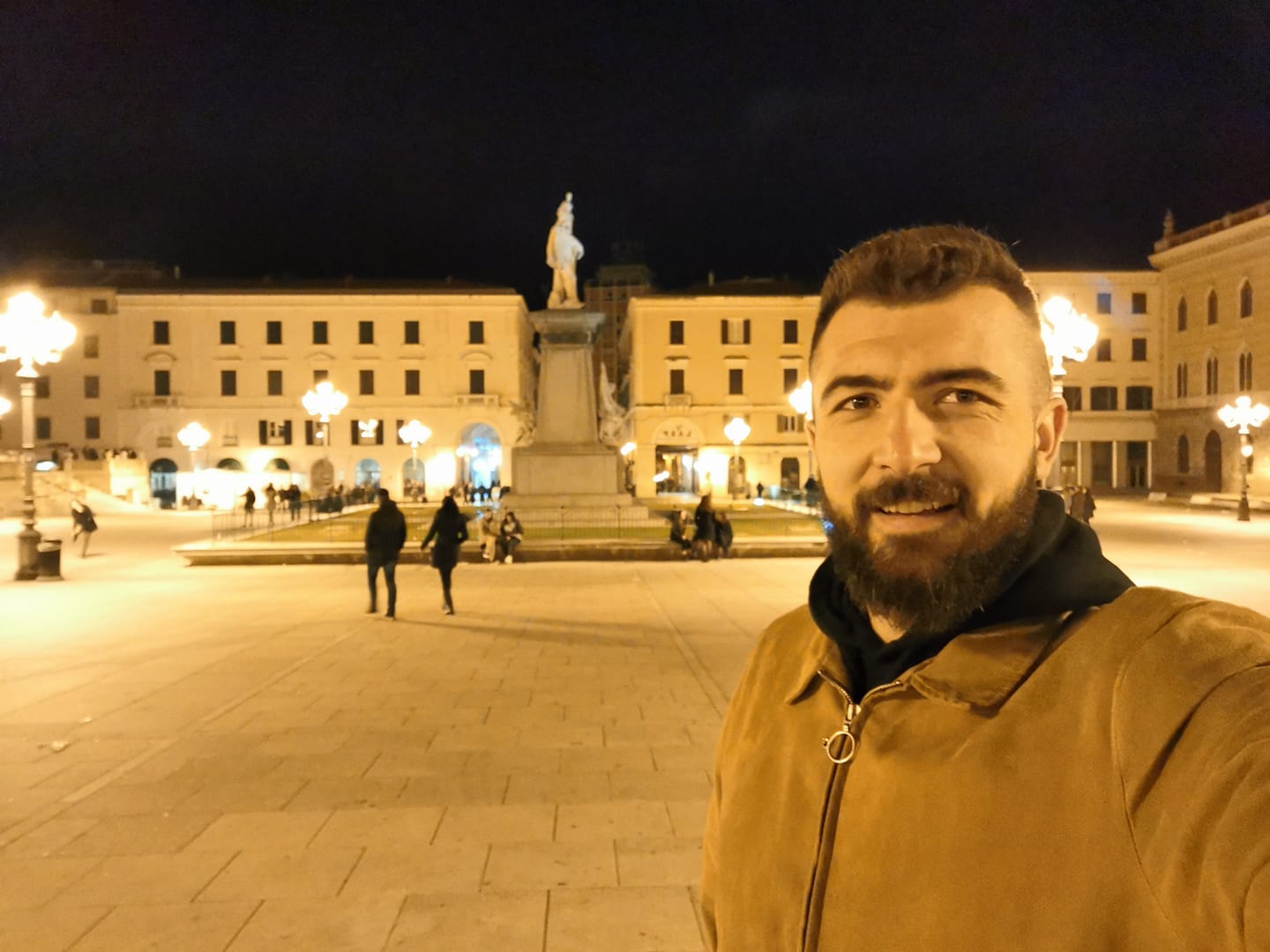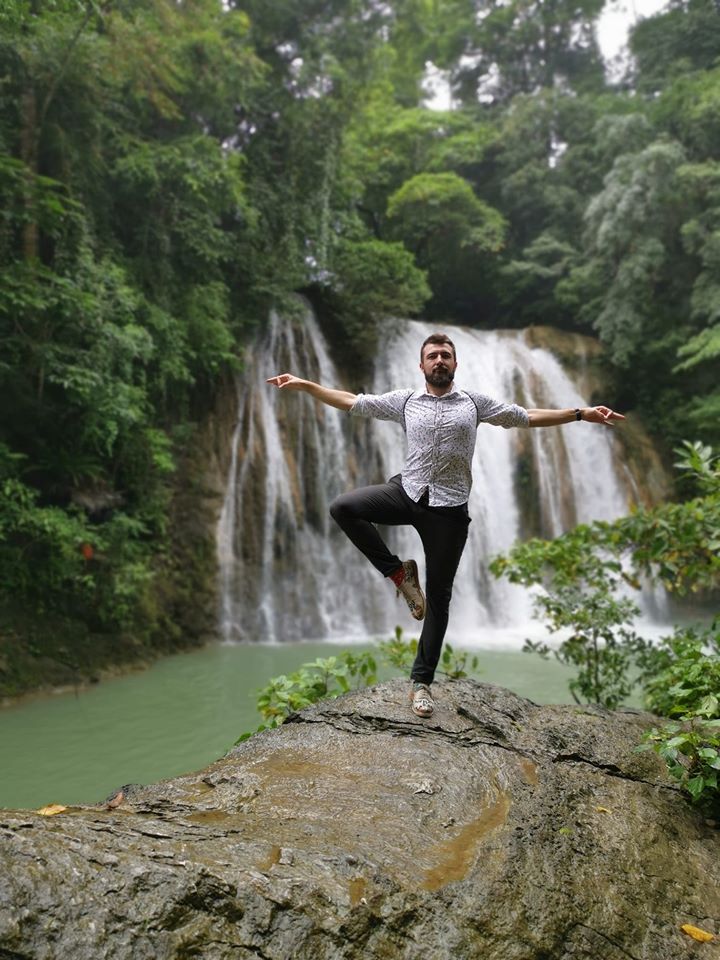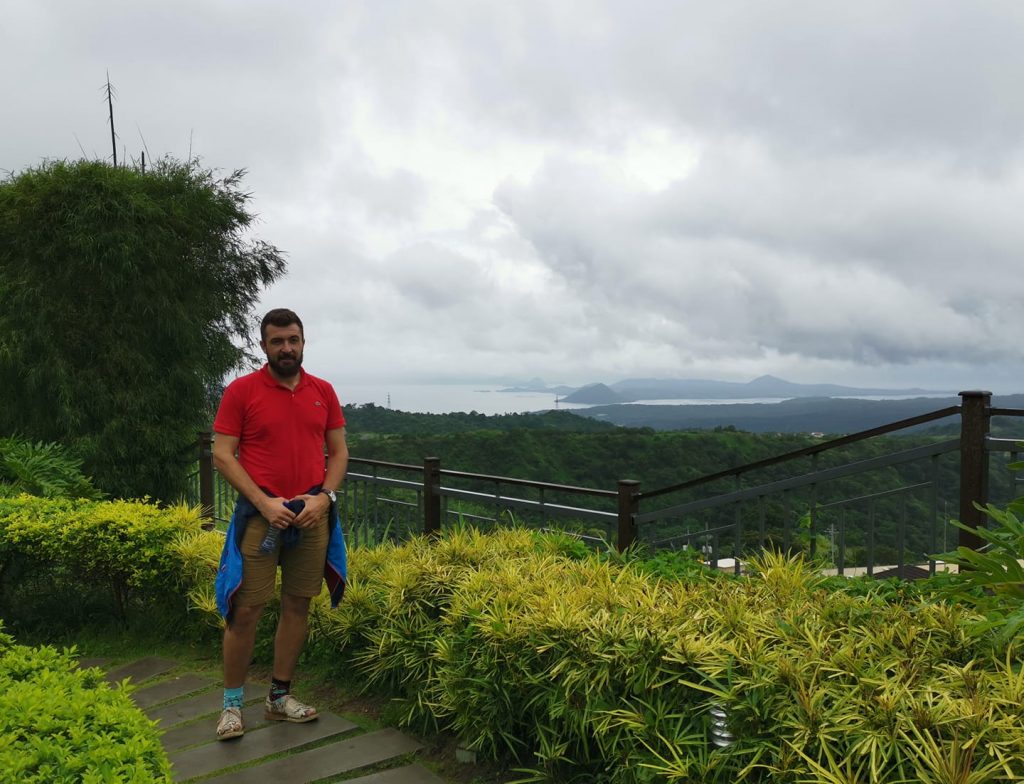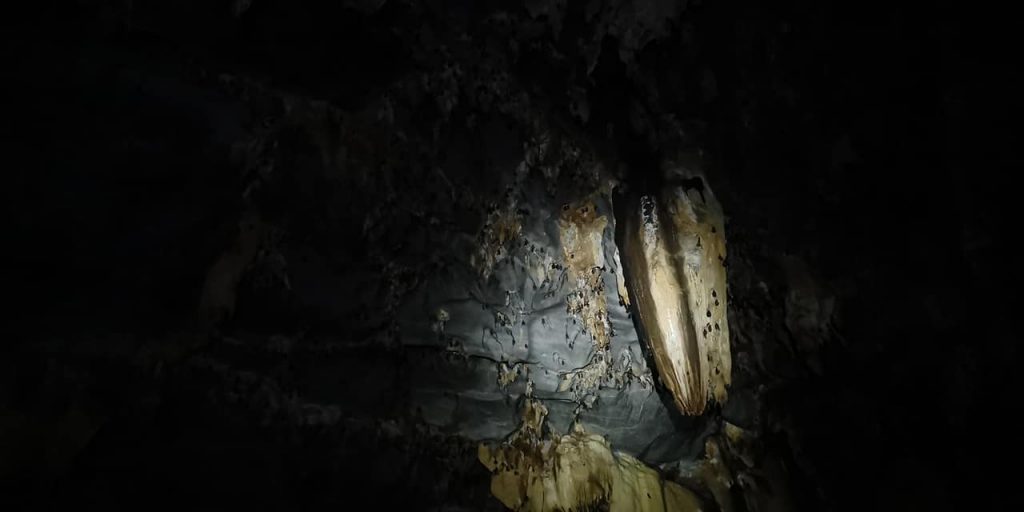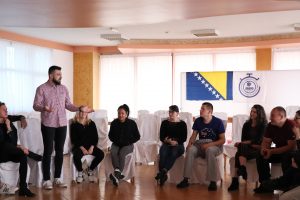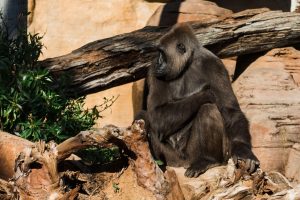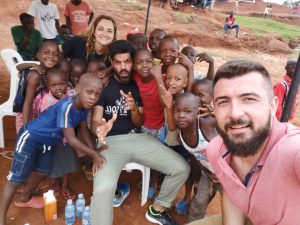Pripreme za odlazak u Ugandu su bile sve osim uobičajne. Nažalost, ponukan predrasudama i stereotipima o ovoj Afričkoj zemlji pripreme su krenule puno ranije od uobičajnih i mnogo detaljnije nego inače. Uobičajna pripreme izgleda nekako ovako: „Unlock a phone, check a weather in the country I going in and pack my luggage“! Ništa posebno i ništa detaljno se ne istražuje, bar ne u mom slučaju. Ovaj put, istraživanje je odrađeno detaljno, od samog života u Africi, temperature, vremena, zaraza, bolesti u Ugandi, zemljama kojim je okružena i svim ovim detaljima za iste te zemlje. Nakon toga je uslijedila vakcinacija, pripremanje kojekakvih tableta i sprejeva kako bi se „zaštitio“ od „nepoznatog“ i slično, ali eto kad čovjek ide u nepoznato, valjda se treba i pripremiti. O zanimljivostima i nekim činjenicama o Ugandi pogledajte u mojoj sekciji „zanimljivosti“…Pripreme za odlazak u Ugandu su bile sve osim uobičajne. Nažalost, ponukan predrasudama i stereotipima o ovoj Afričkoj zemlji pripreme su krenule puno ranije od uobičajnih i mnogo detaljnije nego inače. Uobičajna pripreme izgleda nekako ovako: „Unlock a phone, check a weather in the country I going in and pack my luggage“! Ništa posebno i ništa detaljno se ne istražuje, bar ne u mom slučaju. Ovaj put, istraživanje je odrađeno detaljno, od samog života u Africi, temperature, vremena, zaraza, bolesti u Ugandi, zemljama kojim je okružena i svim ovim detaljima za iste te zemlje. Nakon toga je uslijedila vakcinacija, pripremanje kojekakvih tableta i sprejeva kako bi se „zaštitio“ od „nepoznatog“ i slično, ali eto kad čovjek ide u nepoznato, valjda se treba i pripremiti.
Naravno, prije svega gore navedenog morao sam provjeriti „gdje i kako se vadi VIZA za Ugandu“?! Nažalost, mi kao Bosanci i Hercegovci uvijek imamo problem oko viza i putovanja do destinacija, ali ko je spreman putovati, spreman je svašta nešto uraditi da bi otputovao. Ovaj put sam imao sreće, jer se viza za Ugandu vadi online putem, i cjeli proces traje 2 puta po 10 minuta. Nakon što unesete sve podatke i „submitujete“ aplikaciju, nekoliko dana/sedmica poslije pošalju vam mail i traže da učitate pozivno pismo, potvrdu o smiještaju i karte. Zbog toga rekoh 2×10 min.
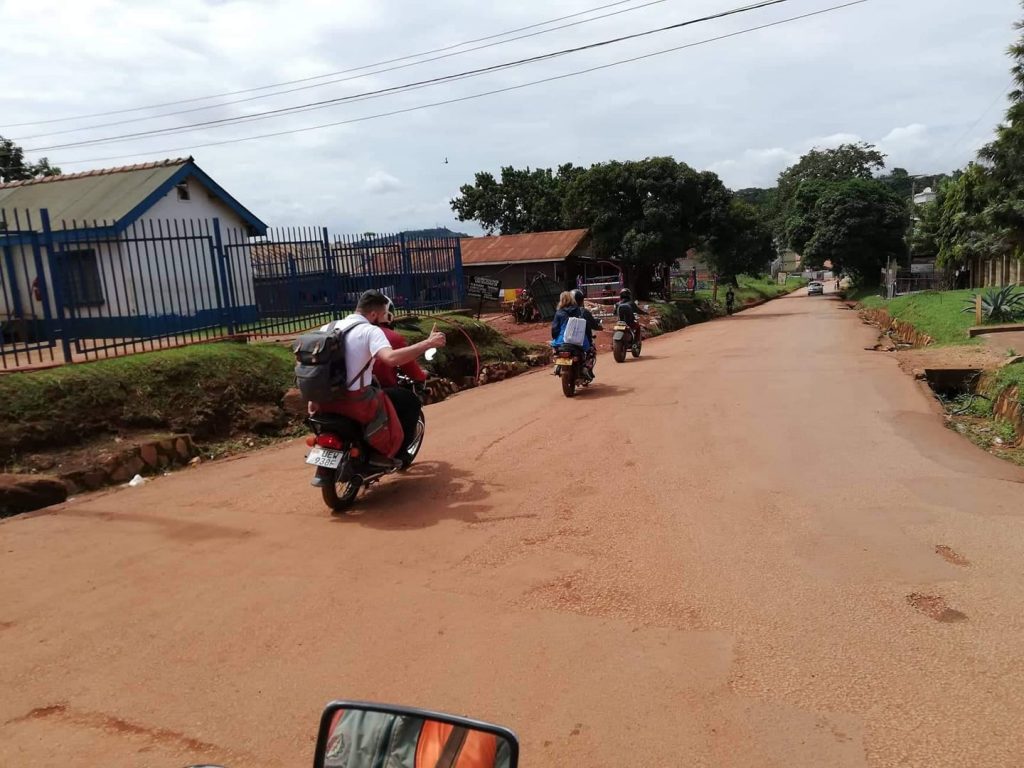
Pošto baš i nemamo Bog zna kakvih konekcija za putovanja avionom ovako je izgledao moj put:
Sarajevo – Istanbul – Rome (Turkish Airlines) – Addis Ababa – Entebbe (Ethiopian airlines) – Kampala (auto) i istim takvim putem nazad.
Po samom izlasku sa Entebbe aerodroma dočekala me je jako velika vlažnost zraka i nekakva čudna temperatura. Nisam bio svjestan da li je pretoplo ili „zagušljivo“, ali bilo je jako neugodno. Kada sam stigao u Kampalu, odnosno u „Green House“ (kuća/hostel) u kojem sam bio smješten, u sobi gdje sam trebao spavati primjetio sam krevet sa „mrežom“, istom onom koju roditelji stavljaju na dječije krevetiće da ih zaštite od kojekakvih „baja“. U tom trenutku sam se osjetio totalno ugrožen, jer „ne bi ta mreža bila tu da to stvarno nije ozbiljno HAHA“! Nakon toga, bio sam spreman da pri svakom izlasku prionem na „prskanje“ svim mogućim „anti…“ sprejevima. Naravno, to se desilo samo prvi dan dok nisam shvatio da to i nije toliko strašno, pa sam ostalih dana sprejeve koristio samo kao preventivnu zaštitu u totalno normalnoj mjeri.
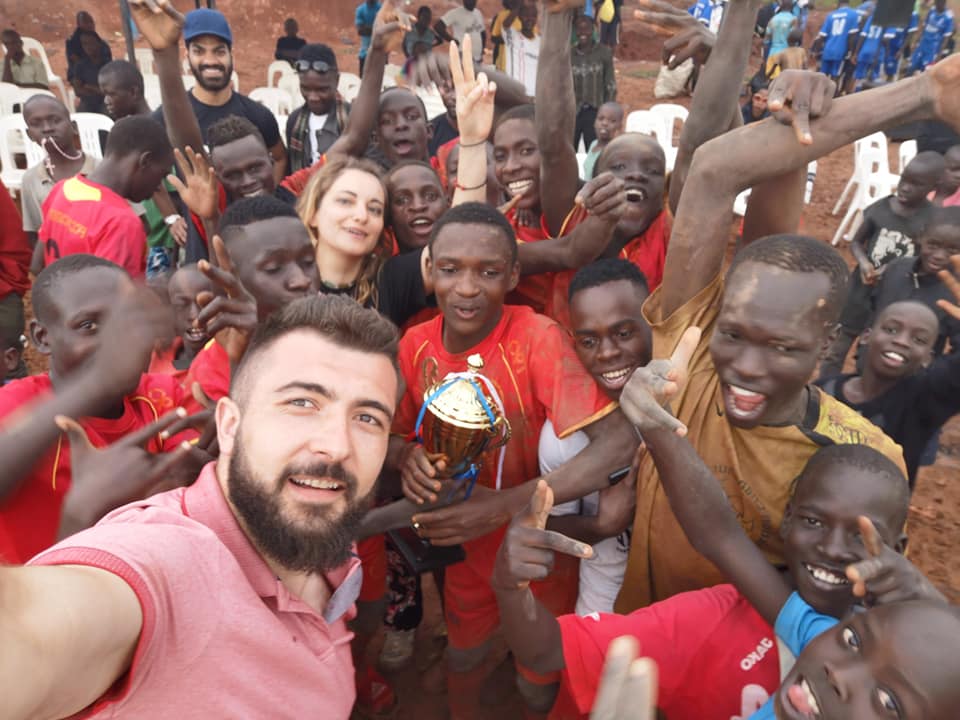
U svom boravku u Kampali imao sam priliku posjetiti jako mnogo različitih mjesta i plemena, gdje sam upoznao veliki broj različitih, a istih ljudi, imao sam priliku osjetiti život „centra Kampale“, ali i plemena do kojih se putuje i po par sati. Svaki odlazak u grad je bio poseban, jer je bilo nemoguće korisitit normalan „taxi ili uber“, već smo koristili „boda boda uber/taxi“ koji je mnogo praktičniji i jednostavniji za putovanje po gradu. BODA BODA su motori koji se koriste kao uber i taxi u Ugandi i to je najviše korišteno prevozno sredstvo u ovom djelu kontinenta. Ova vrste prevoza se najviše koristi zbog jako velikih gužvi u saobračaju, te jako loših puteva, gdje možete naići i na rupe veličine automobila i dubine preko pola metra. Prema lokalcima rupe su nastale i nastaju zbog jako lošeg kvaliteta puta kojeg su gradili kinezi, te velike vlage koja kroz taj materijal lako prodire i pravi uvale. Bogataši se naravno voze velikim džipovima i „lete“ preko rupa, dok obični smrtnici koji su nekako kupili po neki japanski automobil prelaze preko rupa i po par minuta.
Više o važnim faktorima i zanimljivostima pogledajte u rubrici „zanimljivosti“, a da nastavljam svoju priču…
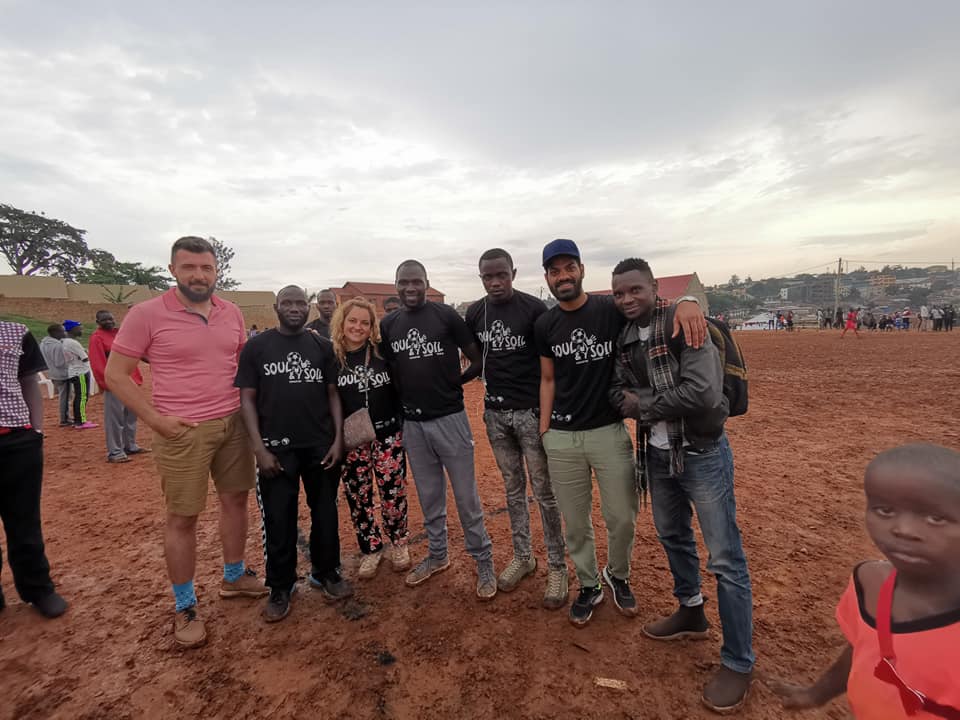
Gdje god sam se pojavio sa svojom ekipom „bjelaca/Evropljana“ dočekani smo dječijim uzvicima „MUZUNGU“, što bi ti ga značilo „BJELI LJUDI“. Naravno, mi to nismo shvačali kao rasizam, već smo se uvijek nasmijali i prišli toj djeci koja su te riječi izgovarali jako nasmijani i „iznenađeni“. Pri prilasku, djeca su prije svega bježala ili se odmicala, pa su tek naknadno prilazili i pozdravljali se sa nama. Jako je teško bilo napraviti sliku sa samo jednim djetom, jer su svi uvijek uskakali i željeli se slikati sa nama. Imao sam priliku obići nekoliko plemena, a jedno mi se posebno dojmilo „Lugala Sugu” o kojem sam pisao i na Facebooku, pa da se ne bih ponavljao prenosim post u cjelosti:
Danas sam bio u posjeti jednom selu pod imenom Lugala Sugu do kojeg se može doći samo čamcem, takozvanim kanuom preko jezera Viktorija (ime nastalo kolonizacijom Ugande).
Posjetili smo nekoliko porodica, koje su nas zamolile da ih ne slikamo, jer im je neprijatno, a neki nisu dopustili iz straha. Naravno, jedan nas “domaćin” nam je to dozvolio, objasnio sta se dešava u tom selu, kako žive bez struje, kako se “bore” sa vodom i kako je to živjeti odvojeno od civilizacije. Predstavio nam je njihovo voće, koje većinom i on sadi u svojoj bašti, objasnio koje životinje se nalaze u šumama okolo i kakva sve plemena postoje.
Nakon toga smo posjetili jednu školu, koja je nastala kao jedna ideja/projekat da se djeci koja su udaljena od “prave škole” ponudi osnovno obrazovanje. Malo smo se družili sa djecom koja su nam neprestano mahala, trčala u zagrljaj i onako iskreno nas nazivala MUZUNGU (bijeli ljudi).
Nakon toga vratili smo se u “civilizaciju” gdje smo obišli određene građevine i pričali sa lokalcima o kvalitetu života, poslu i slično.
Popodne smo otišli u Design HUB koji okuplja ljude svih boja, rasa, vjera itd. gdje smo obavili finalne pripreme za sutrašnji dan.
Ako niste znali oficijalnih jezik u Ugandi je Engleski, tako da nam je jako lako razumjeti lokalce, ako ste se do sad pitali ko nam sve to prevodi. Naravno, imaju i svoj lokalni, te svako pleme ima svoj “zasebni” jezik.
Čak sam uspio i da naučim par riječi:
Vebalenjo – hvala
KARE = OK
BODA BODA – taxi
MZUNGU – bijeli ljudiUskoro donosim još informacija i detalja iz ovog kraja svijeta….
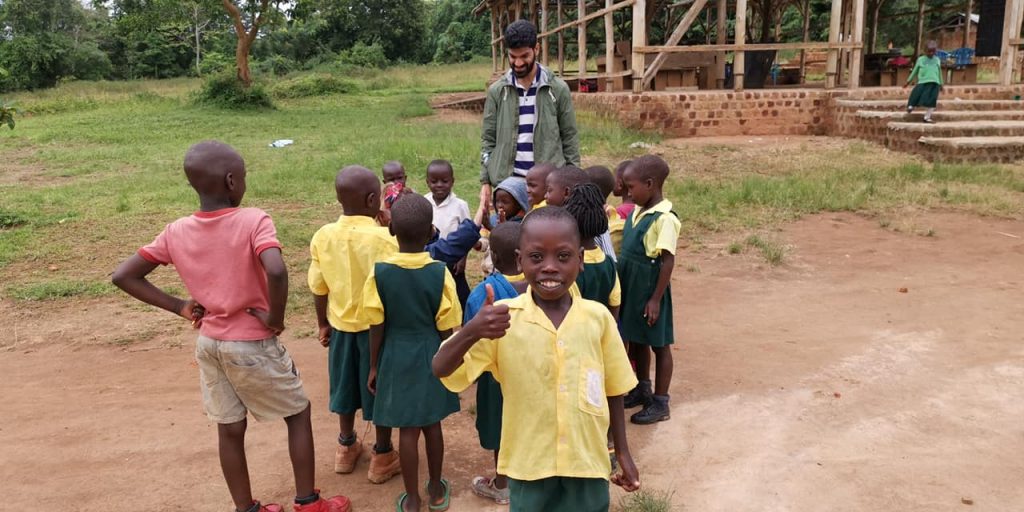
Bili u civilizaciji ili van nje, bili u plemenu ili u HUB-u dočekat će vas osmjesi i dragi pogledi, na njihovim licima jako teško je primjetiti tugu i žalost, već sve suprotno tome. Svi su spremni pomoći, svi žele dati svoj doprinost da se u ovoj siromašnoj zemlji osječate sretni i zadovoljni, svi žele pokazati gostoprimstvo i svoju sreću. Što se tiće mene, oni su to i uspjeli, sve ovo su prenijeli na mene i pomogli su mi da razumijem njihovu kulturu i državu puno bolje nego sam to znao prije.
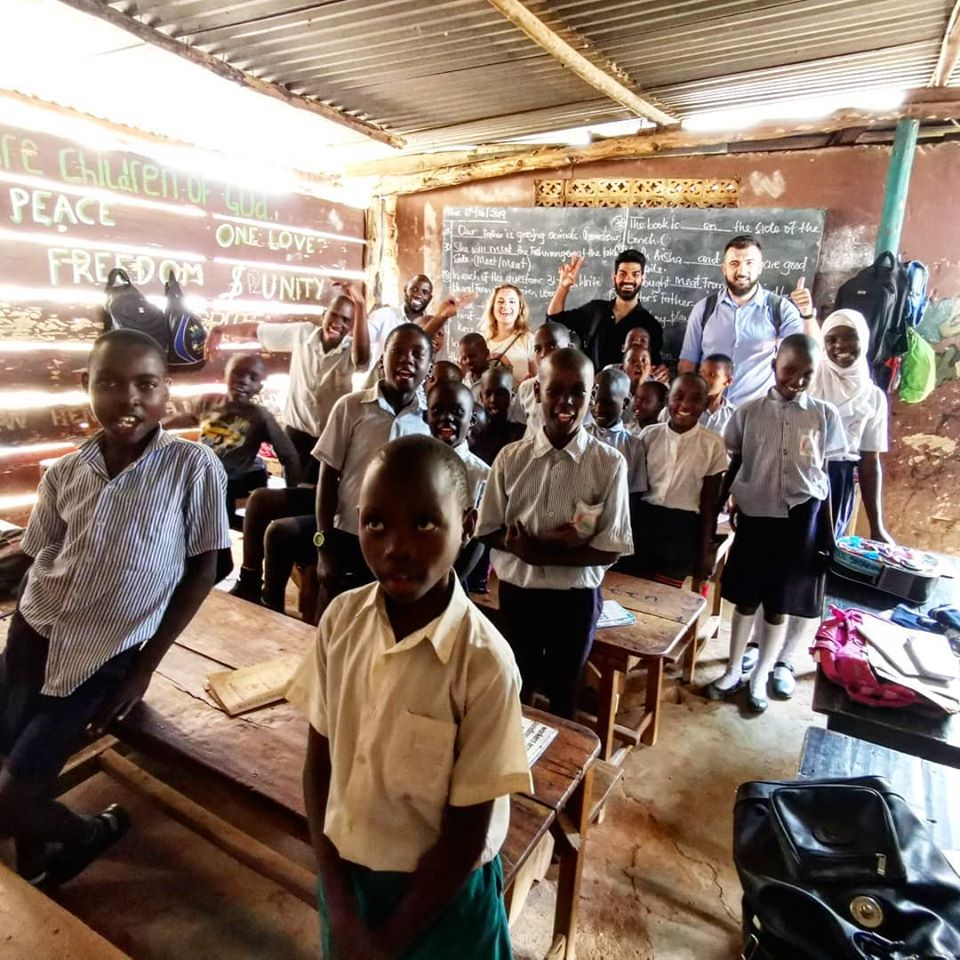
Boraveći u Kampali imali smo priliku posjetiti i nekoliko škola i edukativnih centara, koji naravno liče na sve osim na školu, ali bitno je da se ljudi obrazuju i edukuju. Pored svega što smo uradili u Kampali, mi smo izrazito došli sa projektom kako bi povezali razna plemena koja i nisu u tako dobrim odnosima kroz sport, pa smo tako uspjeli organizovati i turnir u fudbalu. O tome sam takođe pisao na Facebooku, pa ponovo prenosim post u cjelosti:
Današnji dan u Ugandi sam ponovo posvetio djeci i omladini koja dolaze sa ruralnih područja ovog grada, sela i mladih ljudi koji su u teškom finansijskom i socijalnom stanju.
Kako bi održali jednu jako korisnu edukaciju i skupili mlade ljude, tinejdžere i djecu iz tih područja i plemena, koji danonoćno rade kojekakve poslove kako bi preživjeli morali smo naći pravi način i napraviti sistem.
Kako biva u većini slučajeva, gdje god se pojavi mržnja i netrpeljivost, sport i sportske aktivnosti dođu, to pobjede i razbiju sve predrasude. Mi smo se vodili tom logikom i za samo nekoliko dana u suradnji sa #PCCP-om i #SoulXpressions-om, u koordinaciji #MineVagantiNGO, koji je i začetnik cijele ove priče napravili smo veliku stvar. Uspjeli smo organizovati turnir u fudbalu, okupiti razne “mahale” i plemena, organizovati ljude, pripremiti nagrade i obradovati kako mnogu djecu, tako i njihove roditelje i plemena.
U organizaciju su se uključili svi, ali bukvalno svi. Roditelji su donosili “UGALJ” i zajedno sa omladinom ocrtavali teren, pa eto ako niste znali oni tako markiranu linije. Našli su ozvučenje, skupili stolice i šatore, stavili mreže na golove, donijeli klupe, sportski klubovi su dali dresove, mi podijelili majice i turnir je bio spreman za jako kratko vrijeme.
Utakmice su krenule po suhom i prasnjavom terenu koji uopće nije prijatan, ali nakon nekoliko utakmica počela je kiša, koja je od prašine napravila blato, koje je izgledalo katastrofalno. Sve ovo, a moglo bi se dodati još stvari koliko želite nije zaustavilo ove omladince da prestanu igrati jedne sekunde. Na kraju jedna “mahala” je dobila svog pobjednika, ali su se svi radovali, jer su i oni svjesni da su svi pobjednici.
Kao što možete vidjeti na slikama ispod, fudbalski teren je bio ispunjen djecom koja su se borila ko ce donijeti loptu, roditelja i prijatelja koji su bodrili mladice koji su se u bladu do grla borili za pehar i ostale nagrade. Naravno, bit svega je bio okupiti ih i svima na jednom mjestu održati jednu korisnu edukaciju. PROJEKAT je nazvan “#SOULandSOIL” – EDUKACIJA KROZ SPORT, a turnir #Kikubamutwe.
Nakon toga posjetili smo i jednu školu plesa koja okuplja djecu i mlade iz socijalno ugroženih područja, siromašnu djecu i mlade iz raznih plemena.
Nakon druženja napravili su jedan jako lijep performans za nas i pokazali svoje vještine plesanja.
Ja smatram da smo uspjeli i da su MZUNGI ovaj put uradili nesto korisno za njihovu zajednicu i povezali lokalne zajednice i plemena. Mi smo zaboravili i na hranu i piće, pa smo doručkovali tek nekad u vrijeme večere, ali gledajući svu tu strast i želju, kao i okruženje u kojem smo bili, nisamo uopće osjetili potrebu za tim.
Život je ovdje sigurno težak, ali je pun ljubavi i sreće, tako da ne gledajte koliko imate, nego koliko dajete.
Šaljem vam ljubav iz ovog drugog svijeta, čudne ali i prelijepe Ugande.
#EducationThroughSport #InternationalCooperation #OneWorld #minevagantingo #mvinternational #SoulXpressions #PCCP #BRAVO #BRAVOBIH #BRAVOSARAJEVO
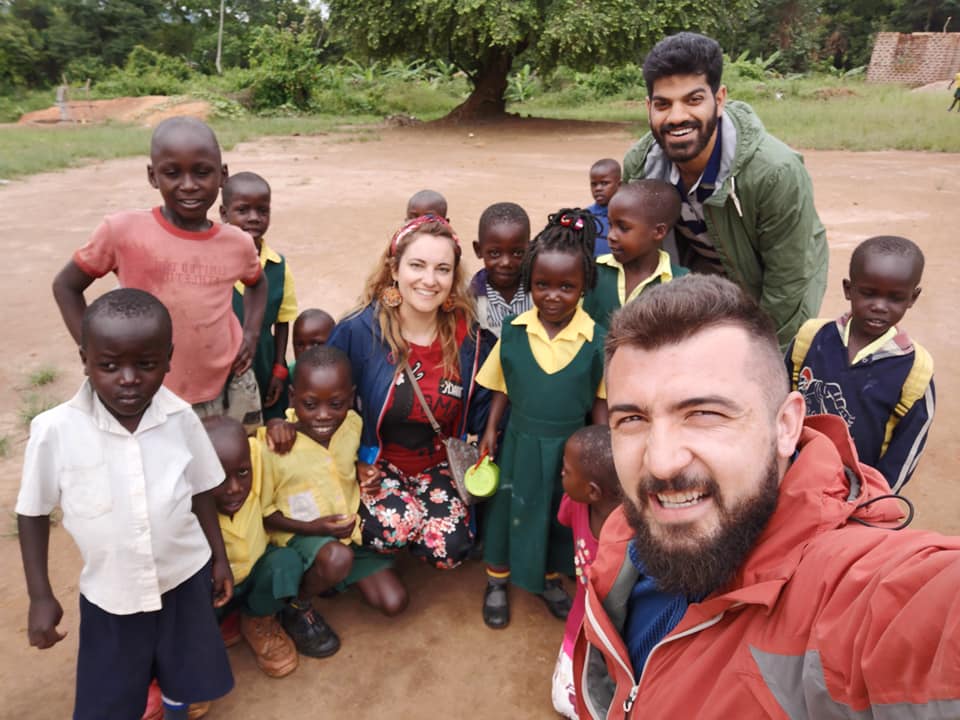
Iako je uganda jedna od najsiromašnijih zemalja svijeta, iako sve to vrlo lako možete vidjeti prolazeći ulicama van centra, to se nikako ne može primjetiti na ljudima, jer svaki susret sa njima počinje i završava sa smijehom, počinje sa lijepim riječima i završava sa plesom itd. Moram priznati da siromaštvo vlada ovom zemljom, ali ono materijalno, ono duhovno sigurno ne i siguran sam da i mi našu sreću trebamo tražiti u nećemo trećem, jer i oni sigurno od nekud crpe svoju energiju i želju za životom.

Priču iz Ugande želim završiti sa jendom od posljenjih rečenica iz mog posta: „Život je ovdje sigurno težak, ali je pun ljubavi i sreće, tako da ne gledajte koliko imate, nego koliko dajete.“
Kada kažem dajete, onda stvarno tako i mislim, jer vjerujte da i malim davanjem nekog možete jako mnogo usrećiti, nekada to vama znaći jako malo, a nekom i previše. Ako niste putovali u takve zemlje i osjetili kako to izgleda, siguran sam da nećete do kraja shvatiti šta to tačno znači.
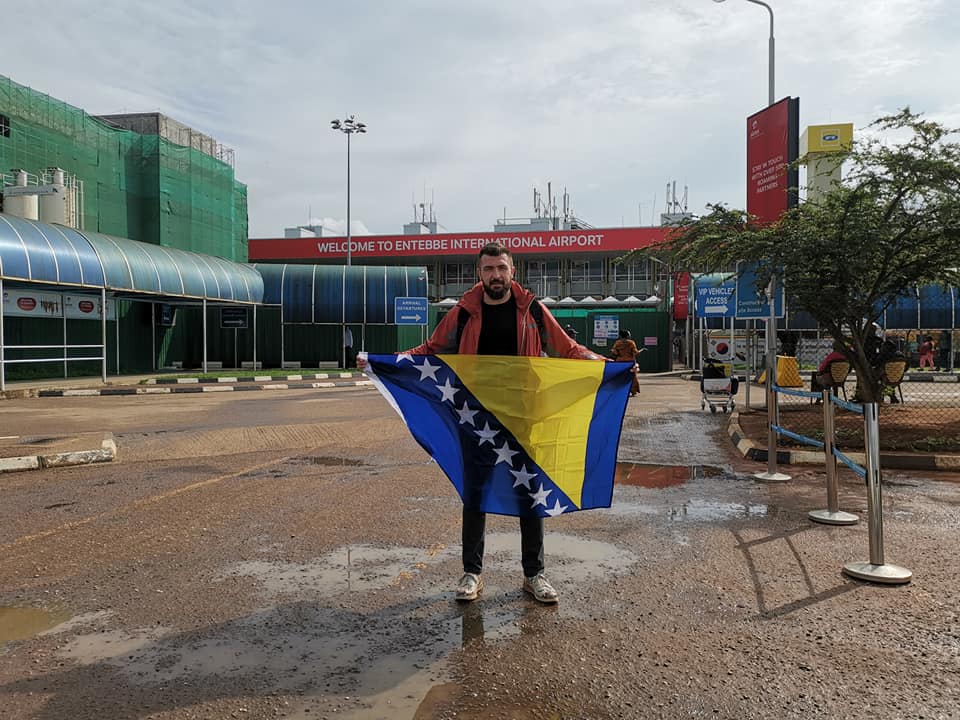
Žao mi je što Bosanci često ružno govore o svojoj zemlji i kao da se takmičimo ko će više oblatiti život u Bosnia i Hercegovini, ali kada vidite šta je stvarno siromašna zemlja, onda je lako shvatiti da Bosna i Hercegovina možda i nije među najbogatijima na svijetu, ali nije ni među onim najsiromašnijim.
O zanimljivostima i nekim faktima o Ugandi pogledajte u mojoj sekciji „zanimljivosti“…


